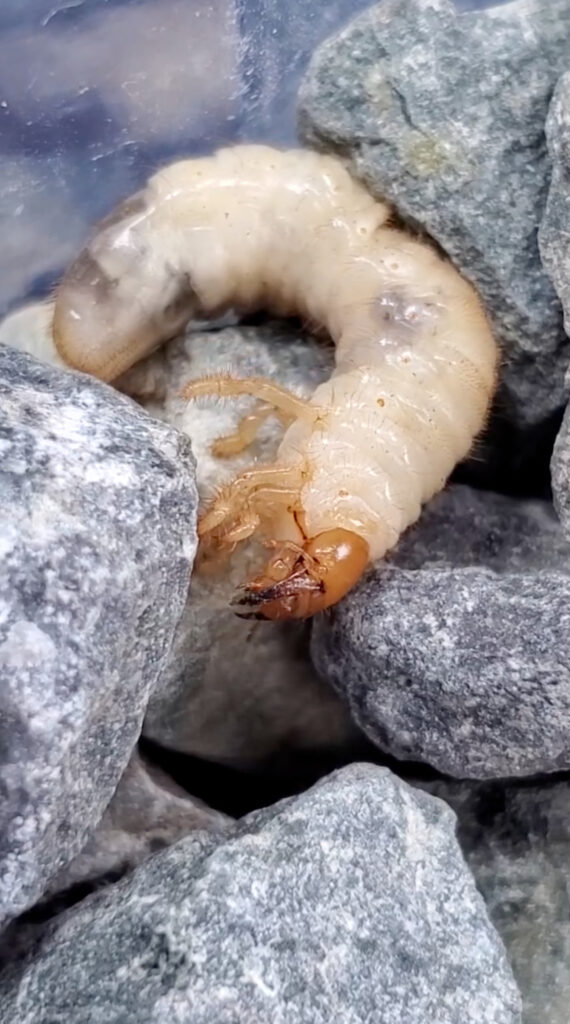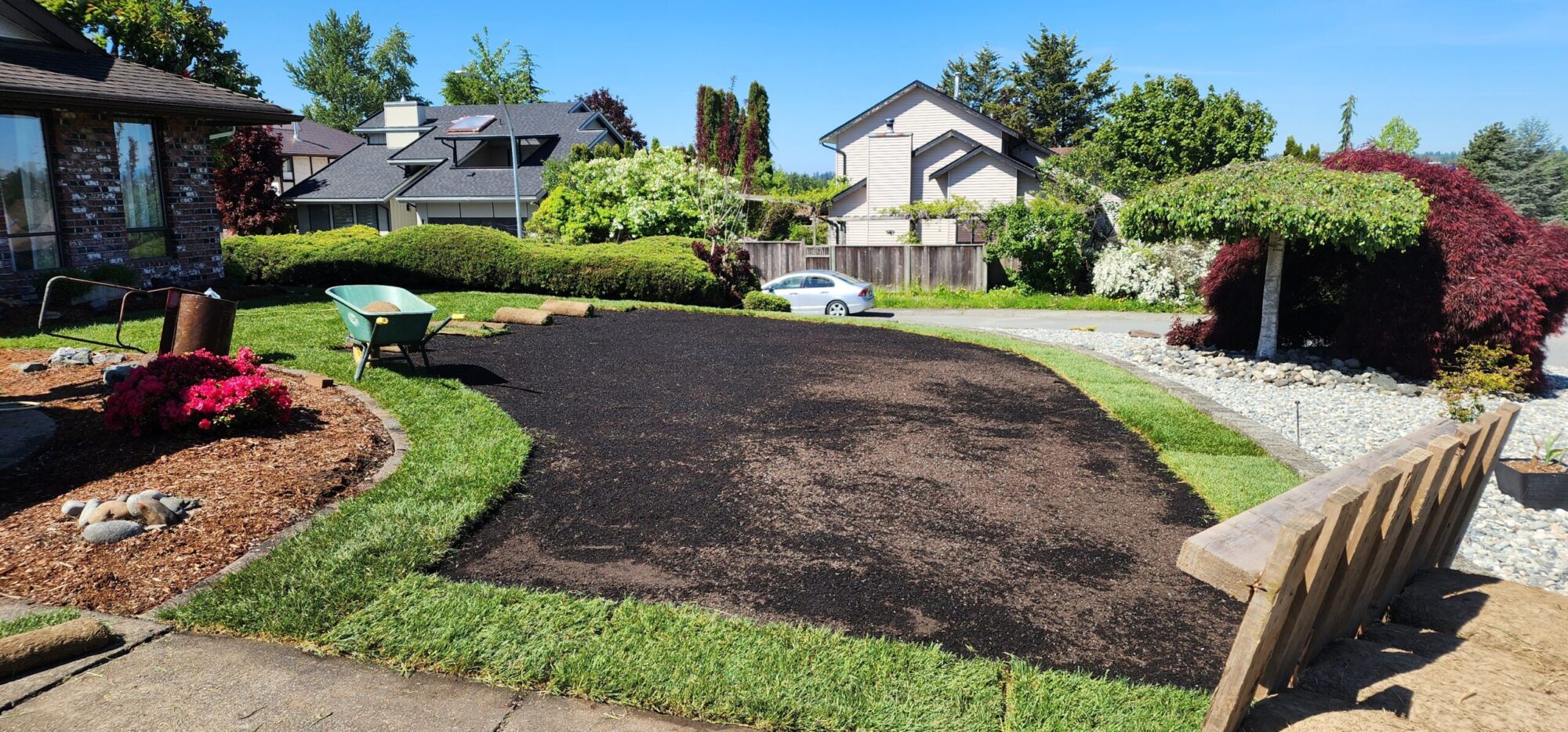The European chafer beetle, a tan to brown insect measuring about 1.5 cm, is notable for its long-grooved wing covers. This beetle’s life cycle is intricately tied to the seasons, particularly during reproduction from April to late June. As adult beetles emerge from the soil, they take to the skies, drawn to nearby deciduous trees where they swarm, mate, and feed. This vibrant display of life is a fleeting moment in the year, as the adults remain a minimal threat to their surroundings during this period. After mating, female chafer beetles settle down to lay their eggs, typically between 20 to 40 eggs throughout their lifespan. These eggs are laid singly in the soil, where they remain hidden from predators and the elements. The true transformation occurs later when the eggs hatch into grubs, measuring 2 to 2.5 cm. These soft, white, C-shaped grubs with tan-colored heads and six prominent legs are a more noticeable threat, as they feed on the roots of grasses and plants. As the life cycle progresses, the subtle yet significant impact of these beetles and their larvae on the ecosystem becomes evident. The adult chafer’s brief existence above ground contrasts sharply with the lasting effects of their grubs below, creating a dynamic interplay between aerial beauty and subterranean struggle.
The product we use is a reduced risk pesticide, undergoes rigorous evaluation by Health Canada and the US Environmental Protection Agency before use. It poses negligible risks to applicators, bystanders, and those using treated turf. With low acute toxicity to mammals. Its active ingredient are chosen for their safety and effectiveness in pest management, making them a reliable option for maintaining healthy green spaces.

